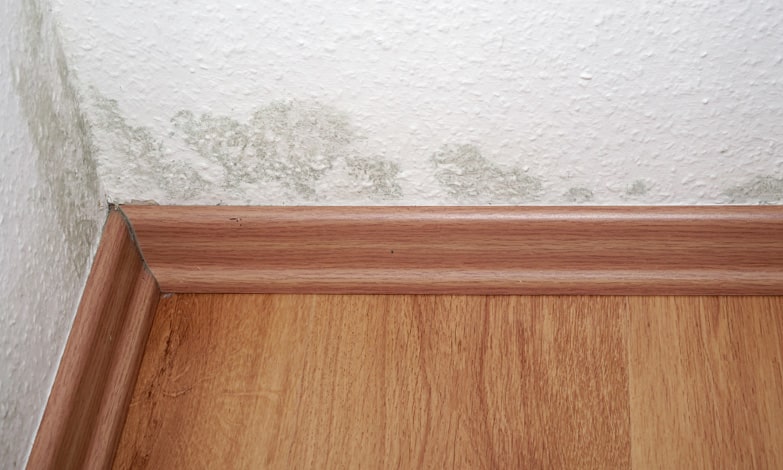If you can smell an unpleasant earth odor in your house, there’s a chance you might find mold hidden somewhere. In many cases, you may find mold easily when it is visible, but when it is growing in your attic or under a wooden floor, you can only smell its odor.
Mold is common when there are leakages in your home. If you believe you might have this problem, it’s best to find experts to conduct a black mold test.
Common Places to Check During Mold Removal
As you prepare your home for mold removal, it’s best if you become aware of the familiar places they would grow. These include:
Basement
Not much activity occurs in a basement, and the absence of natural light creates a suitable environment for mold. If you have any pipes passing in your basement, there is a chance you will find mold in case of leakage.
Ceilings
Like the basement, the ceiling is mostly dumpy. Any leakages from your roof could create an environment for mold to prosper. Since you rarely check your ceiling, you may only be aware of mold once you smell that earthy odor.
Air Ducts
You might not think there are chances, but it’s possible mold could grow in your air ducts. If you rarely clean your air ducts, there is a chance the dust and moisture caught inside could be a home for mold.
Behind Furniture
You shouldn’t be surprised if the experts found mold behind the furniture during the mold treatment. Most furniture has its back resting on the living room walls. If your living room is humid, it is possible mold will find a home behind this furniture.
Wall Cavities
You might not take cracks seriously, but they could host mold. They provide dark and humid zones for the growth of mold. Always check under your kitchen sink or bathroom walls for cracks. These are notorious areas when it comes to a “mold infestation.”
If you suspect molds in your home, it would be best to contact professionals. Clean Air Xperts can conduct a quick and effective mold treatment and odor removal.
How to Test for Mold in Your House
If you speak to experts from Clean Air Xperts, you will learn that the first step to mold treatment is testing. You will need to know the type of mold in your home and the severity of the growth.
Despite mold causing an unpleasant smell, it could be a cause of allergies or expensive repairs. It is for such reasons that successful mold remediation becomes necessary. A mold inspection is the fastest way to know the kind of mold and how far they have reached in your home.
Attempting mold remediation by yourself might save you some money, but it won’t guarantee you got rid of the problem. Alternately, a professional will remedy the problem and find the cause.
For example, they may locate the source of moisture leaking into your home. They will then make the necessary water damage while they remove the molds.
If you want immediate mold removal and your home’s fresh air restored, you may need to check the areas named above regularly. Any earthy odors could be an indication of a mold presence. At this point, it would be best to contact Clean Air Xperts.

